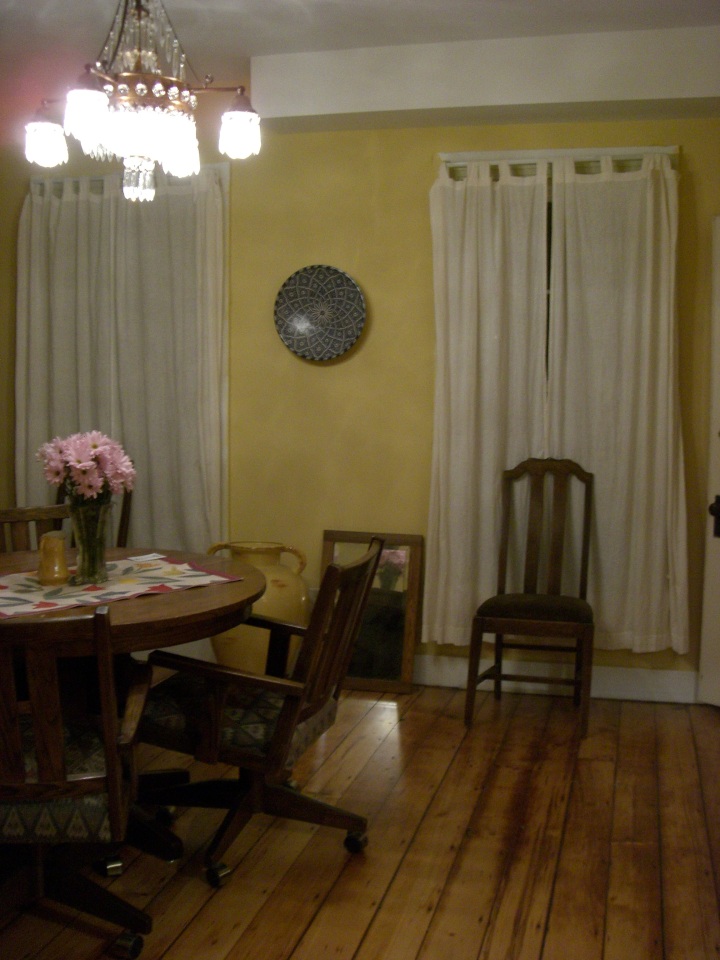A few years ago I studied James Joyce’s novel Ulysses in a class at Hamline University. One question from that class. Did James Joyce try to place himself into the timeline of great literary artists by including acknowledged literary giants (Homer, Dante, and Shakespeare) in his own literature?
If one reads Ulysses with that question in mind, the evidence is present to draw that conclusion. There is also evidence in The Inferno to conclude that Dante associated himself with Homer. The contemporary painters, Glenn Brown and Odd Nerdrum, both list Rembrandt as an inspiration in the development of their own work. Brown acknowledges reproduction as one element he uses in the development of his paintings.

This past Wednesday, Tom Rassieur, the John E. Andrus, II Curator of Prints and Drawings at the Minneapolis Institute of Arts, presented “Rembrandt’s Interest in Books on Art,” at Carleton College. Rassieur commented regarding his talk, “Rembrandt was opinionated, but he wrote very little about art. This talk investigates the possibility of discovering his attitudes through comparison of themes, practices, and transitions in his art to the stories, theories, and instructions was found in contemporary books on art.”
According to Rossieur, Rembrandt was an intensely competitive artist. By reinterpreting the works of his most famous contemporaries, Rubens, Tischen, and Raphael, Rembrandt, “took on the competition in his own time.“ Rossieur also stated that, “Rembrandt was associating himself with highly esteemed artists from antiquity,” by using the red, white, black, and yellow pallette used by Apelles of Kos, a well-known, ancient Greek painter, in his own painting, Lucretia.

Rembrandt Lucretia-1666
Minneapolis Institute of Art
James Joyce associated himself with Shakespeare, Dante, and Homer. Dante associated himself to Homer. Glenn Brown and Odd Nerdrum attached themselves to Rembrandt. Rembrandt attached himself to Rubens, Tischen, Raphael, and back on into antiquity. Art exists as a form of expression–to squeeze out, as in exhale, to emit, to give forth, to join.





